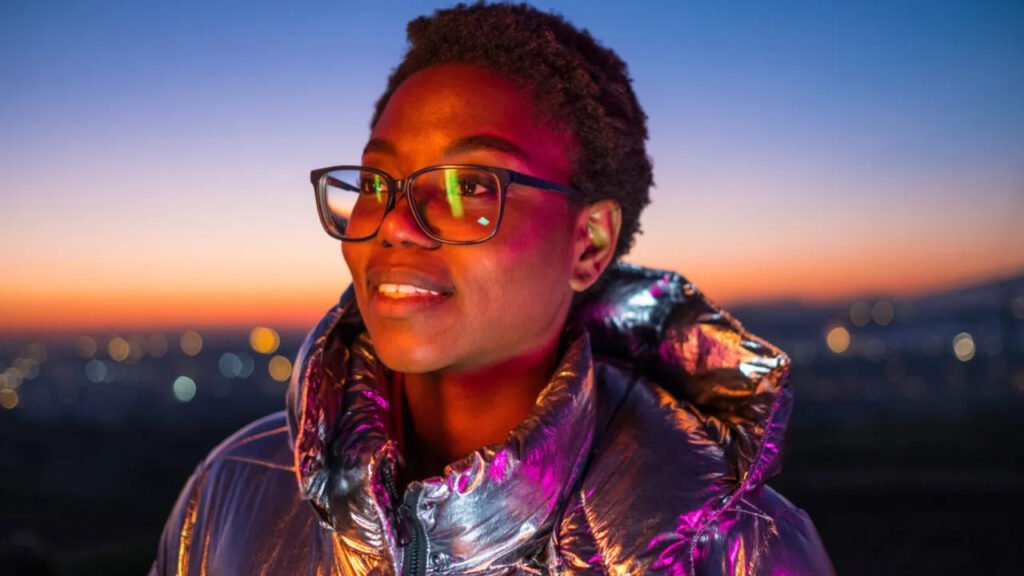
Navigating life as a Black, neurodivergent woman is complicated. Growing up, these parts of my identity presented a trifecta of unique challenges, some of which follow me to this day. Others, I’ve been able to overcome in my journey toward understanding and accepting my neurodiversity — and helping others accept theirs.
I was luckier than most, blessed with an early diagnosis of inattentive ADHD in the First Grade after my parents and teachers voiced major concerns about my distractibility and impulsivity. My diagnosis was an important starting point, but it was no silver bullet. If anything, it felt like my “problematic” behaviors were simply assigned a different name.
The Reality of Being a Black Girl with ADHD
Even with a diagnosis, I never felt like teachers, coaches, and other adults in my life fully understood me. (Except for my supportive parents — something so many go without.) Many of my teachers made no attempts to hide their biases, and often saw me as an impulsive, misbehaving student rather than one struggling with symptoms of a condition.
Day in and day out, I wasn’t given the space to fully explore my identity and understand myself, ADHD and all. Instead, society dished out shame, accused me of being lazy, and provided no support for a neurodivergent mind like mine.
ADHD doesn’t discriminate by gender or race. Yet boys are more likely than girls to receive a formal diagnosis of ADHD, and white children are more likely than Black children to receive an ADHD diagnosis. These gaps stem from the antiquated, gendered, and racist stereotypes that surround perceptions of ADHD. As a result, Black girls and women experience disproportionate delays in symptom identification and treatment, which can cause a host of other issues, like anxiety and low self-esteem.
Finding a Sense of Belonging
Though I had my diagnosis, I lacked a sense of community for many, many years. I needed peers and allies who truly understood me and saw my ADHD for the superpower it can be, rather than a deficit or disability.
I finally found this all-important, life-changing sense of belonging during my junior year at Radford University, after begrudgingly following my mom’s advice to join a club. I joined Eye to Eye, a community built by and for people who learn differently, like me. I couldn’t believe that such a community existed. My self-confidence and self-love blossomed. By my senior year, I was in charge of the university’s entire chapter, serving as a mentor to younger students with learning differences.
A Movement Underway
After graduating from college, I joined Eye to Eye’s team, where I’ve dedicated my professional career to bringing after-school mentorship programs — and a sense of community and acceptance — to young people who are just like me.
Eye to Eye and other peer-to-peer mentorship programs are part of a turning tide – a widescale movement that highlights neurodiversity and acceptance of all people. Recently, Eye to Eye organized a conference at the University of Denver, where hundreds of neurodiverse youth discussed their lived experiences, the state of education for people with learning differences, and future directions for policymakers.
The signs of progress are widespread. Political leaders like New York City Mayor Eric Adams and California Governor Gavin Newsom have leaned into their experiences as people who learn differently and unveiled plans to better support neurodiverse youth in their states. Artists like Beyoncé and Lizzo have adjusted their art in the name of inclusivity and respect. And social media platforms such as LinkedIn have altered their features to celebrate the benefits neurodiverse employees bring to the workplace.
I am so proud to be a part of the team at the helm of this movement. More importantly, these signs of change give me so much hope that young, Black, neurodivergent girls today won’t have to go through what I did just to discover their amazing selves.
Source: additudemag.com
